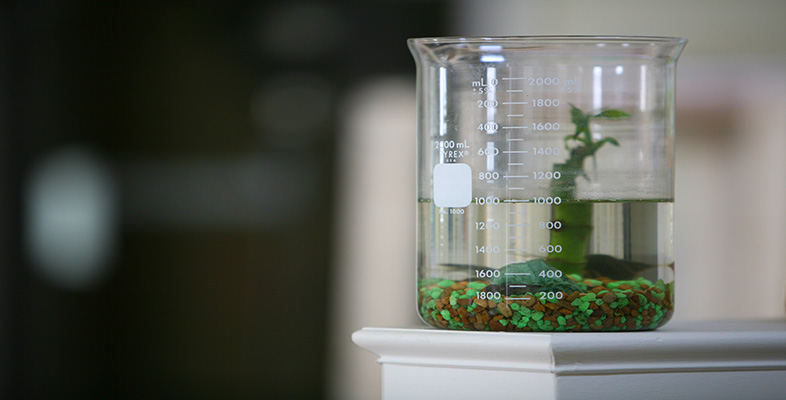1. Introduction
1.3 In the classroom
1.3.1 Teaching global science
Science draws on a rich cultural heritage and continues to be a global endeavour. How can you bring global science to life for your students?
Activity 3 will help to bring a global perspective to your science curriculum.
Click "view document" to open 'Investigating Housing in Saudi Arabia'.
View document [Tip: hold Ctrl and click a link to open it in a new tab. (Hide tip)]
Click "view document" to open 'How can a mobile phone kill a gorilla …'.
Click "view document" to open 'Iron Technology'.
Click "view document" to open 'Why Communicate?'.
Click this link to go to Science Across the World.
Activity 3
In this activity you look at and test ready-to-use classroom activities that bring a global perspective to the science curriculum.
First, choose three activities from the resources above. These include articles on housing in Saudi Arabia, the effect of obtaining resources required for mobile phone manufacture on gorilla habitats, iron technology in Tanzania and Scotland, and satellites communications.
The web link given above is to the Science Across the World site, where there is information on acid rain. Under ‘Most Popular Topics’ click on ‘See all available topics’; and then ‘Acid Rain’.
For each of the three resources you select:
identify which aspect of the curriculum it delivers and for which students it might be appropriate;
try it out with colleagues (if you want to!);
identify aspects of the activity you particularly like;
consider whether the activity has any shortcomings.
Next, select one of the three activities you chose above to try out in your classroom, making any changes you think necessary. Use the activity as part of a lesson. Evaluate the effectiveness of the activity by reflecting on the lesson, talking to pupils and assessing their work. Did the activities motivate students? Share your experiences with colleagues.
The UPD8 resource site contains numerous activities for secondary school pupils. Click on Topics in the top navigation bar to see the list of activities and choose one or two which are relevant to your classes. (You will need to join UPD8 to download activities.)
